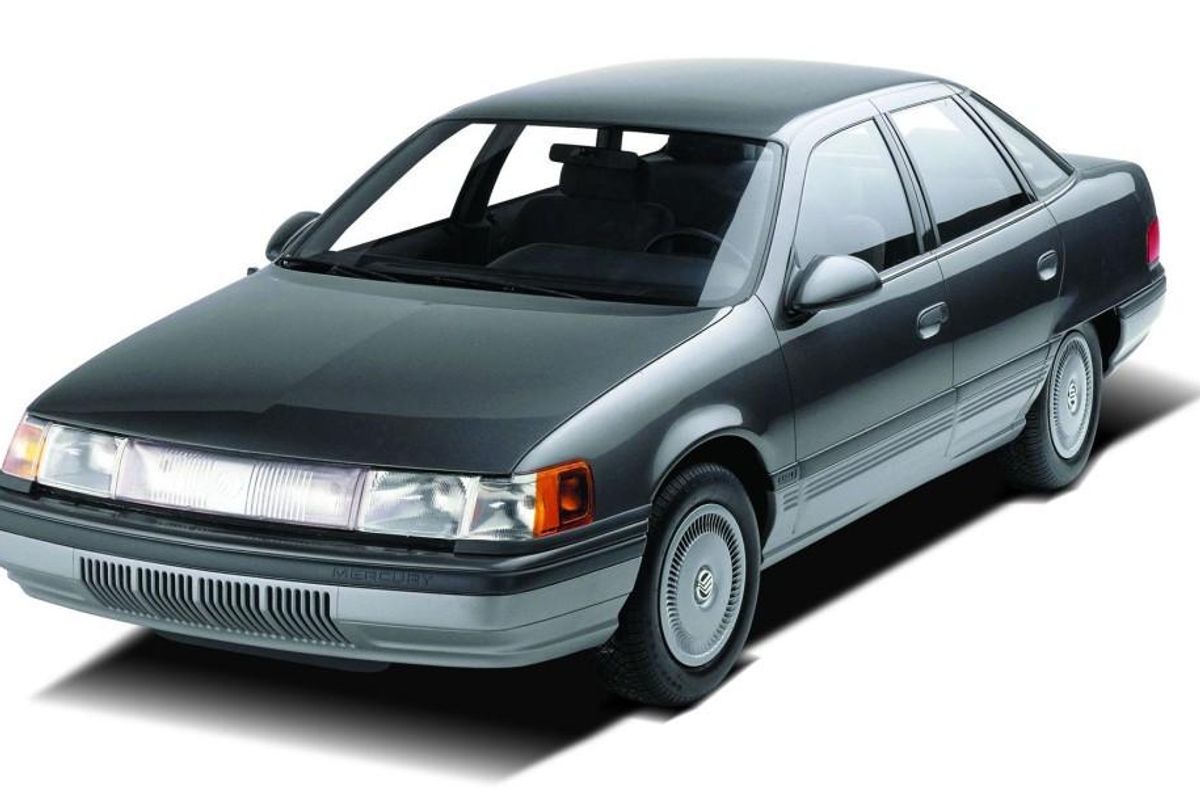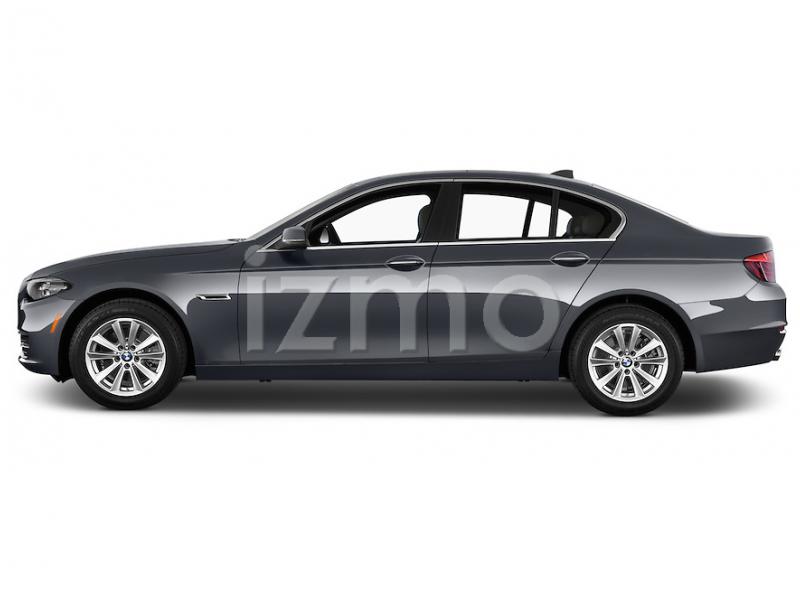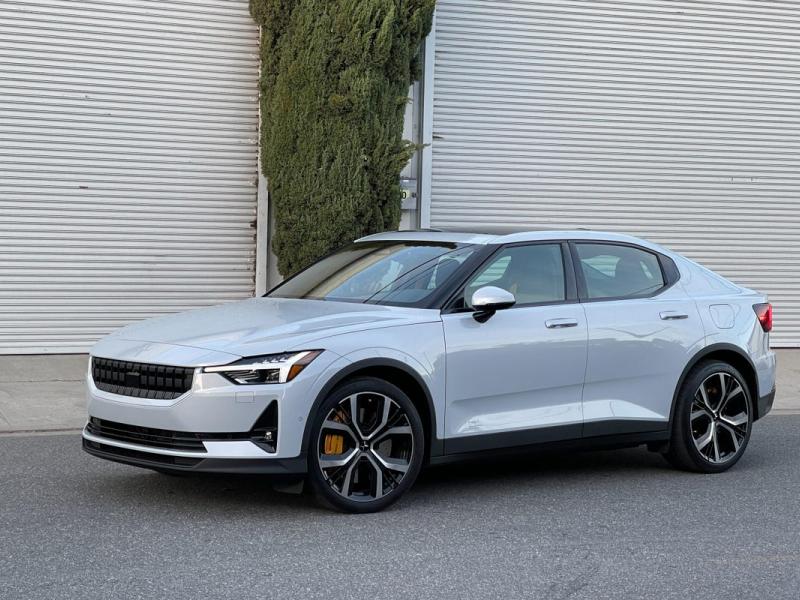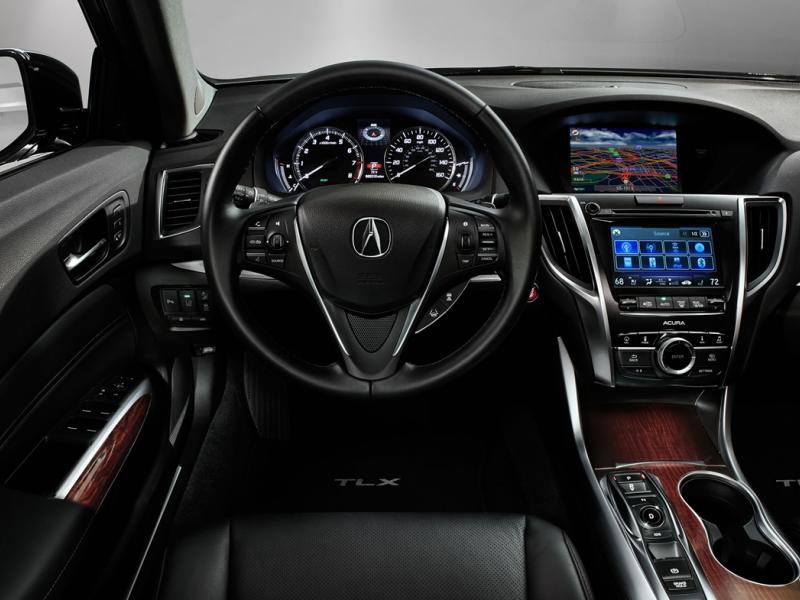The Worst-Rated Cars that You Shouldn't Buy
Journalists make it known when they like a car, but what if you disagree? BMW’s 3-series spent a decade dominating Car and Driver’s 10Best list when many competitors in the sports sedan category were, in fact, excellent cars in their own right. Is it unwise to risk buying against the advice of the automotive media?
Sometimes the answer is no. If the right model fits your needs and has a respectable track record, choosing a runner-up or outlier could work out. Some models, however, should be avoided at all costs. This article is about those cars. Even if you see a deal on one of these models, just say no.
Fiat 500L
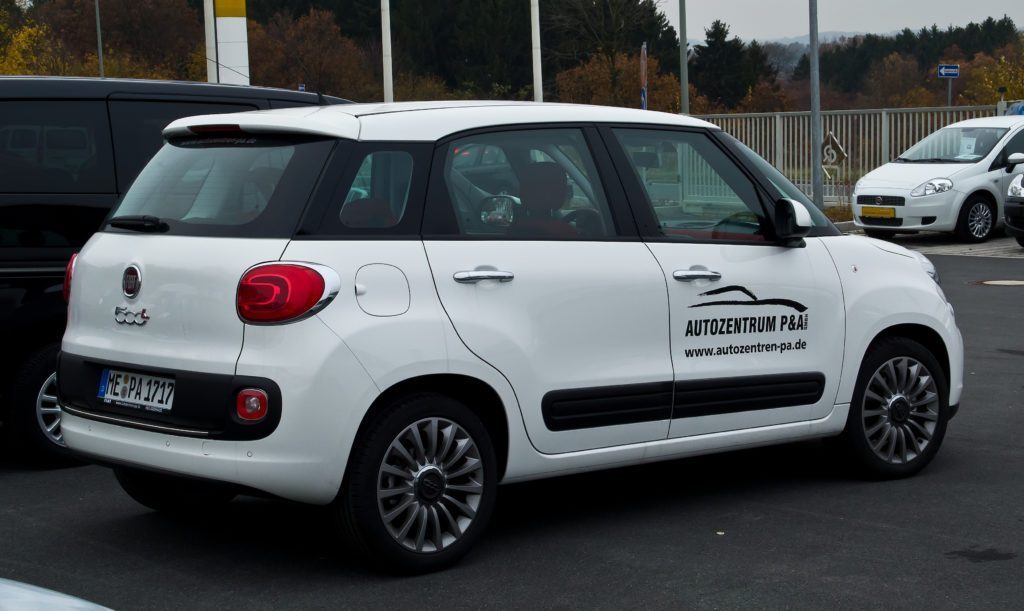
This Italian wagonette comes with looks you might find cute and can deliver a somewhat satisfying driving experience on short jaunts, but spend a little longer in the saddle, and you’ll find yourself resenting its harsh ride and unsupportive seats.
We’ve come to expect spotty reliability from Italian exotics, but Fiat doesn’t have an excuse for the dismal reliability record this car has. Additionally, the Insurance Institute for Highway Safety (IIHS) gave this car a rating of Poor in its small-overlap frontal crash test. That’s not confidence-inspiring if you’re driving this car in the urban setting it was built for.
Mitsubishi i-MiEV
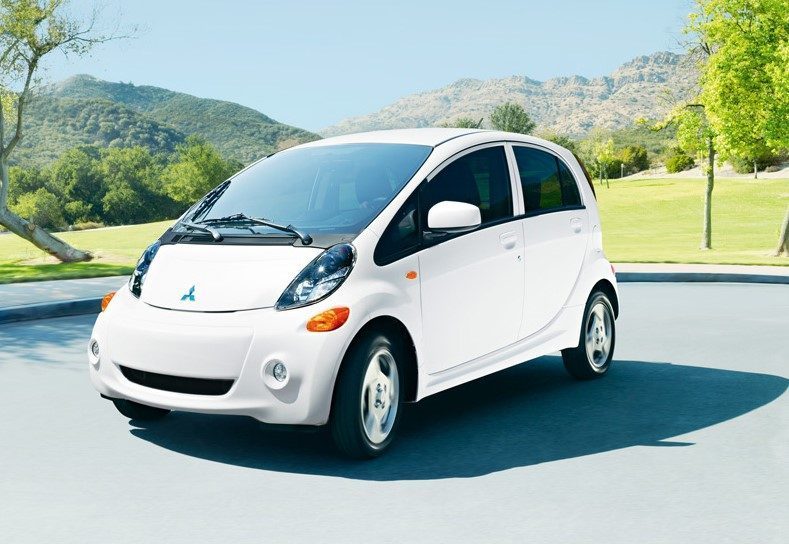
With Mitsubishi still finding its sea legs after being saved from the brink of destruction by Nissan, now is probably not the right time to purchase anything from the quirky Japanese outsider brand. The i-MiEV, however, has proven a particularly bad choice.
The MiEV is Mitsubishi’s attempt to do battle with the Toyota Prius Prime, Nissan Leaf, and other electric-only vehicles. While it might be a nice gesture to the future, the i-MiEV can take up to seven hours to charge on a 240-volt charger. Switch to the standard 110-volt, and you’re looking at nearly a day of charging time.
Once it is all gassed up, the i-MiEV delivers an unremarkable driving experience. It’s stiff, slow and doesn’t provide many luxuries. Save your money and buy a golf cart.
Jeep Patriot

Jeep products have been a saving grace for Fiat-Chrysler, and the tried-and-true Wrangler has made the Jeep name synonymous with reliability. Unfortunately, if the Patriot is any measure of Jeep standards, the company isn’t very patriotic. In fact, it was The Truth About Cars’ worst car of 2016.
For one thing, the Patriot lacks real SUV credentials because it’s built on a unibody designed for the Dodge Caliber. It looks about the same as Jeep products from the ‘90s and has the Lego interior to match. Reliability is highly suspect, and its weak powertrain options don’t even help it get out of its own way.
Acura ILX
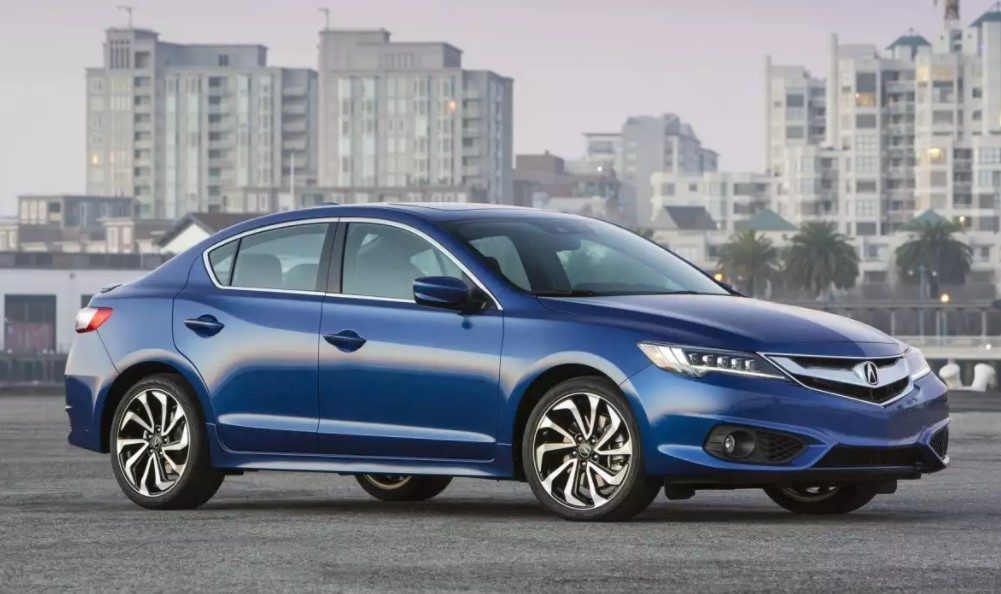
Acura can’t buy a break these days. The company has faced a styling crisis and an image crisis at the same time, and both crises congealed into the Acura ILX, which is how you take a Honda Civic and make it undesirable.
On the surface, the ILX sounds like it should be pleasing. Fifteen years ago, Acura’s Civic-based RSX showed that you could make a charming near-luxury coupe using Civic bones, but the ILX does the opposite. It’s boring, lacks performance and is overpriced. Only 41 percent of ILX owners reported being satisfied with their cars.
BMW X5
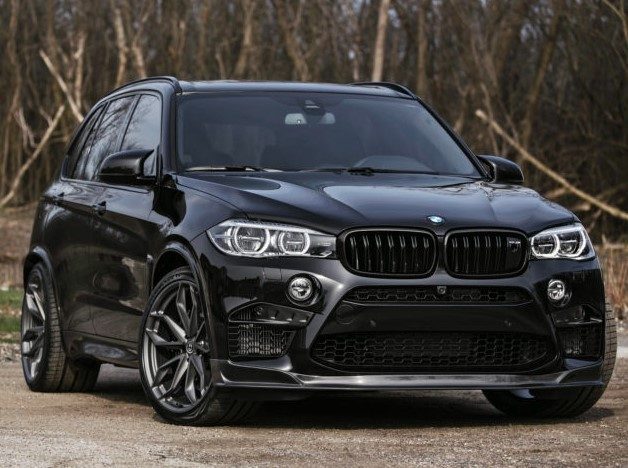
Heritage is no get-out-of-jail-free card. When it first arrived on the scene, the X5 defined the luxury SUV class, but this latest model has struggled with multiple reliability issues.
The third-generation BMW SUV gets handsome new styling and borrows a powerful engine lineup from the company’s three- and five-series sedans, but has been plagued by fuel system issues, unreliable climate control and even engine part failures. This is the kind of thing that inspires those “burn my wallet” memes.
Tesla Model X
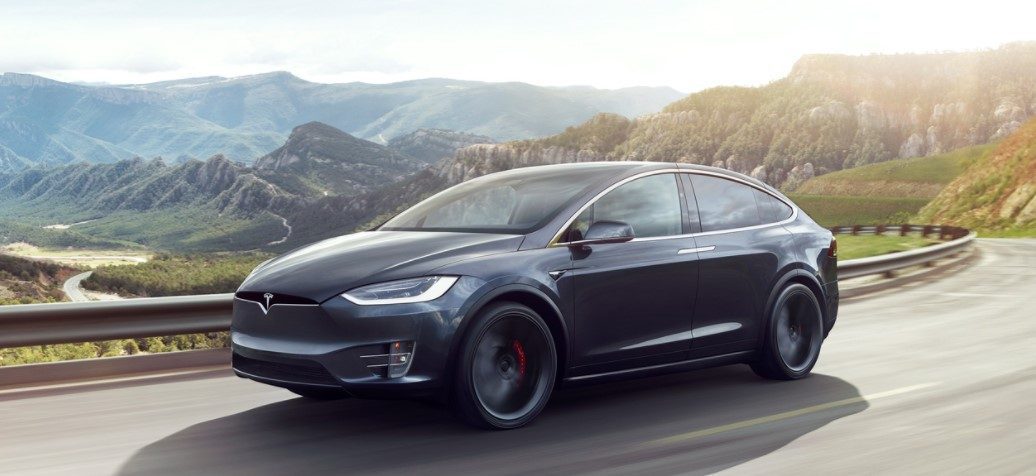
Elon wouldn’t sell us a bad car! Alas, Tesla faithful, your be-winged SUV suffers from the same reliability issues that have become an uncomfortable open secret for Tesla. If it’s any consolation, Tesla owners are standing by the brand.
The X is of particular note because it carried some design flaws into the world on day one. Its kooky doors make ingress and egress uniquely challenging for no reason, and its sprawling front windshield, initially hailed as a design breakthrough, has been shown to cause double-vision at night.
Mini Cooper
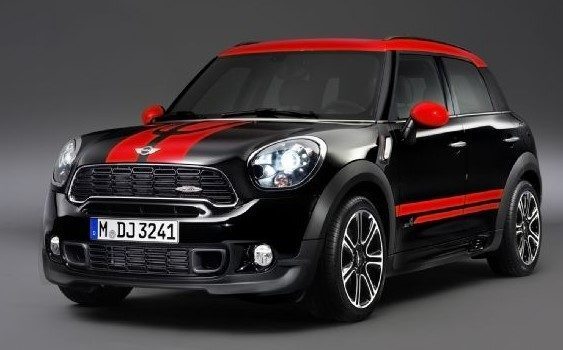
It’s a shame that such a cheerful little car has seen such a complicated life, but it seems German ownership couldn’t exorcize the British reliability issues out of the Mini. Although the Cooper is entirely BMW’s design, it’s just still got issues.
What kind of issues? Exhaust rattle if you’re lucky, but the real problems — the ones that have landed the Cooper consistently on the industry’s least reliable car’s list — have been clutch slippage and turbocharger failure. When you’ve got less than two liters under the hood, you need that turbo working. Keep trying, BMW. We want to like the Mini.
Like what you’ve read? Are you an avid car enthusiast? Then consider subscribing to Best Cars Guide to never miss a blog post!

